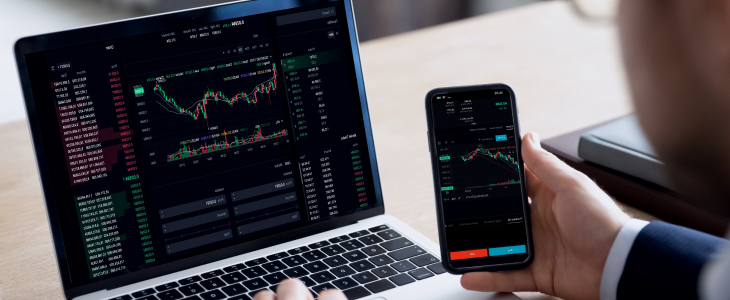
In the rapidly evolving world of Forex trading, understanding market patterns is essential for any trader looking to succeed. Recognizing these patterns can provide valuable insights into potential price movements and trends. For those interested in Forex trading in Uzbekistan, it is crucial to work with reliable forex trading patterns Forex Brokers in Uzbekistan to gain access to the necessary tools and resources.
What Are Forex Trading Patterns?
Forex trading patterns are formations created by the price movements of currency pairs on charts over a specified period. These patterns arise from the collective behavior of traders and are driven by market forces such as supply and demand, economic indicators, geopolitical events, and trader sentiment. Identifying these patterns can be instrumental in predicting future price movements.
The Importance of Recognizing Patterns
Successful Forex trading relies heavily on the ability to identify and interpret various trading patterns. By understanding these patterns, traders can make informed decisions, set appropriate entry and exit points, and manage risk more effectively. Here are some key reasons why recognizing trading patterns is crucial:
- Enhanced Decision-Making: Trading patterns provide visual cues that can guide traders in determining whether to enter or exit a trade.
- Risk Management: By identifying potential reversal patterns, traders can implement stop-loss orders more effectively, reducing their exposure to significant losses.
- Trend Direction: Patterns can indicate the current trend direction, whether it’s bullish or bearish, helping traders align their strategies accordingly.
Types of Forex Trading Patterns

There are several types of trading patterns that Forex traders should be familiar with. Below are some of the most common patterns:
1. Head and Shoulders
The head and shoulders pattern is a reversal pattern that signals a potential change in trend. It comprises three peaks: two shoulders and a higher peak (the head) between them. A regular head and shoulders pattern indicates a reversal from a bullish trend to a bearish trend, while an inverse head and shoulders suggest the opposite.
2. Double Top and Double Bottom
Double top and double bottom patterns are also reversal patterns. A double top occurs after an uptrend and signifies potential price reversal as the market fails to surpass a previous high twice. Conversely, a double bottom follows a downtrend and indicates that prices could reverse as they fail to drop below a previous low.
3. Flags and Pennants
Flags and pennants are continuation patterns that suggest a brief consolidation period before the prevailing trend resumes. Flags appear as small rectangles that slope against the prevailing trend, while pennants look like small symmetrical triangles. Both patterns indicate that traders should expect the continuation of the trend following the breakout.
4. Triangles
Triangle patterns come in three forms: ascending, descending, and symmetrical. These patterns form when the price converges within two trendlines, indicating indecision in the market. A breakout from a triangle pattern can lead to significant price movement in either direction, making it essential for traders to monitor these formations.
5. Cup and Handle
The cup and handle pattern is a bullish continuation pattern that resembles the shape of a tea cup. It consists of a rounded bottom (the cup) followed by a consolidation period (the handle) before a breakout to the upside. This pattern suggests that the price could significantly increase following the handle’s breakout.
How to Trade Using Trading Patterns
Trading Forex patterns involves several key steps:
- Identify Patterns: Use technical analysis to recognize patterns that form on the price chart. Utilize various timeframes to gain a broader perspective.
- Confirm Breakouts: Once a pattern has been identified, wait for confirmation before executing a trade. Confirmation can come through a breakout above resistance or below support levels.
- Set Entry and Exit Points: Determine your entry point based on the pattern’s confirmation and establish stop-loss orders to manage risk effectively.
- Monitor Price Action: After entering a trade, monitor price action closely. Be prepared to adjust your strategy as needed based on market conditions.
Conclusion
Understanding Forex trading patterns is a fundamental aspect of successful trading. By recognizing and interpreting these patterns, traders can enhance their decision-making, effectively manage risk, and align their trading strategies with market trends. For traders operating in Uzbekistan, partnering with reputable Forex Brokers in Uzbekistan can further aid in navigating the complexities of Forex markets. Remember, practice and experience are key to mastering these patterns, so continue to refine your skills and stay informed on market developments.




